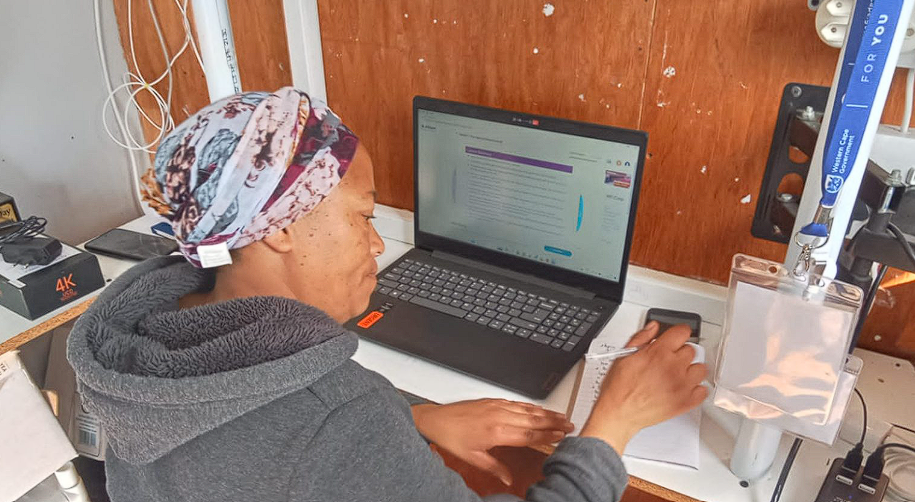Articles
How Sitting at Your Desk Can Affect Your Joints
-
1 week ago
In our fast-paced, desk-bound world, prolonged sitting can be seen as a bad habit. “The average office worker spends about nine hours a day sitting at their desk. While this sedentary lifestyle might feel productive, it’s silently wreaking havoc on our joints and muscles, leading to stiffness, soreness, and even long-term joint health issues,” explains Selvan Naicker Brand Manager for OsteoEze®. Prolonged sitting puts immense strain on certain parts of the body, especially the lower back, hips, and knees. “Your joints are designed to move; when they’re stationary for too long, synovial fluid (the natural lubricant in your joints) can stagnate, leading to stiffness,” adds Naicker. Over time, poor posture, lack of movement, and repetitive strain can contribute to joint problems such as arthritis, reduced range of motion, and chronic pain.To identify if sitting at your desk is playing havoc on your body, ask yourself if you experience any of the following symptoms:
- Stiffness or soreness in the lower back, hips, knees, or shoulders.
- Swelling or discomfort in your hands and wrists (common with keyboard and mouse use).
- A persistent feeling of fatigue, which can stem from poor circulation.
- Tingling or numbness in your legs due to compressed nerves.
- If your symptoms continue or worsen, it is advisable to contact your healthcare provider.
- Neck stretch: Tilt your head gently to one side, holding for 15 seconds, then switch.
- Shoulder rolls: Roll your shoulders backward and forward to release tension.
- Seated leg extensions: Straighten one leg at a time under your desk and hold for a few seconds.
- Feet flat on the floor.
- Knees at a 90-degree angle.
- Screen at eye level to avoid neck strain.
- Standing desks or adjustable sit-stand desks can provide relief by allowing you to alternate between sitting and standing. Pair this with an anti-fatigue mat to reduce pressure on your joints when standing.
- Workplace exercise tools such as resistance bands, small hand weights, or even stress balls can help keep your joints active. Under-desk pedal machines are another discreet way to stay moving.
- High heels or unsupportive shoes can exacerbate joint discomfort. Choose well-cushioned, supportive footwear, particularly if you commute or walk frequently during the day.
Related Articles Posts
Categories
Popular Post
-
 SA’s IT spend to outpace GDP growth 1 year ago
SA’s IT spend to outpace GDP growth 1 year ago -
 Vodacom, Netstar launch free in-taxi Wi-... 1 year ago
Vodacom, Netstar launch free in-taxi Wi-... 1 year ago -
 South Africa under pressure to fill cybe... 1 year ago
South Africa under pressure to fill cybe... 1 year ago -
 Organisations with a strong employee val... 1 year ago
Organisations with a strong employee val... 1 year ago -
 Joint policy-in-action event highlights... 1 year ago
Joint policy-in-action event highlights... 1 year ago -
 Boost your digital transformation journe... 1 year ago
Boost your digital transformation journe... 1 year ago








